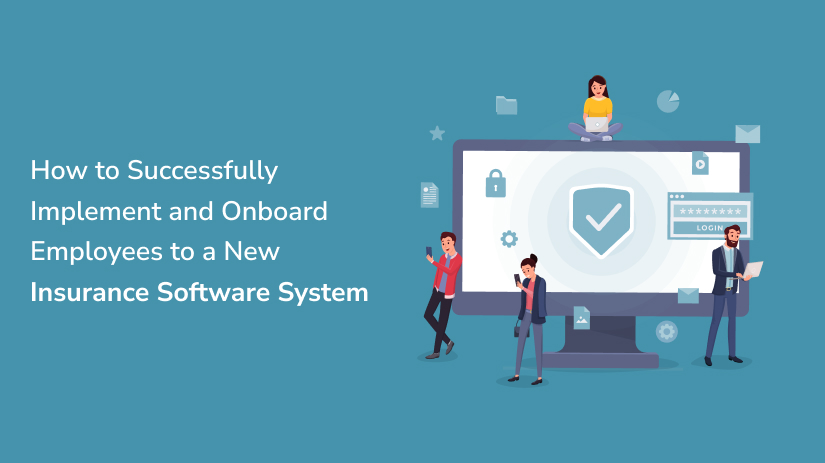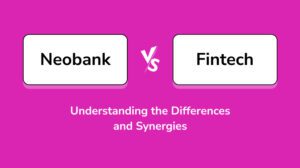In today’s digitally-driven insurance landscape, the adoption of innovative technology is no longer an option—it’s a necessity.
Transitioning to a new insurance software system can be a game-changer, revolutionizing operations and enhancing competitiveness.
However, the success of this transition hinges on effective implementation and seamless onboarding of employees.
Understanding the Power of Custom Insurance Software Development
Off-the-shelf solutions may offer convenience, but they often lack the flexibility and tailored functionality that can truly propel your insurance business forward. This is where custom insurance software development comes into play.
By partnering with a Ruby on Rails consulting company, you can create a bespoke software solution designed specifically to meet your unique needs and workflows.
Selecting the Right Insurance Software System
Choosing the right insurance software system is a critical decision that requires careful consideration. Look for a solution that offers scalability, robust security features, seamless integration capabilities, and user-friendly interfaces.
Whether you’re focusing on policy management, claims processing, or customer relationship management, ensure that the software aligns with your business objectives and long-term vision.
Connect with us for Fintech Development Needs
Trusted by companies like Plaid, Yodlee, Codat.
Comprehensive Training and Onboarding Programs
Successful implementation begins with comprehensive training and onboarding programs.
From initial training sessions to ongoing support, it’s essential to equip your employees with the knowledge and skills they need to leverage the new software effectively.
Utilize interactive workshops, tutorials, and hands-on exercises to ensure that employees feel confident and empowered to embrace the change.
Emphasizing the Benefits of the New System
During the onboarding process, emphasize the benefits of the new insurance software system to your employees. Highlight how it will streamline processes, improve efficiency, and enhance the overall customer experience.
Address any concerns or resistance proactively, emphasizing the support available and the positive impact that the transition will have on their day-to-day work.
Leveraging Insurance Mobile App Development
Incorporating mobile technology into your insurance operations can further enhance accessibility and convenience.
Consider investing in insurance mobile app development to provide agents and customers with on-the-go access to critical information and services.
A well-designed mobile app can increase engagement, improve communication, and strengthen your competitive edge in the market.
Integration with Fundraising Software for Nonprofits
If your insurance company engages in philanthropic efforts or partnerships with nonprofits, integrating fundraising software for nonprofits into your system can streamline donation management and reporting.
This seamless integration enables efficient collaboration between your insurance operations and nonprofit initiatives, fostering stronger community engagement and social impact.
Conclusion
Successfully implementing and onboarding employees to a new insurance software system requires a strategic approach and a commitment to ongoing support and training.
By prioritizing custom insurance software development, comprehensive training programs, and user engagement, you can ensure a smooth transition that drives operational excellence and business growth.
Partnering with a Ruby on Rails consulting company can provide the expertise and guidance needed to navigate this transformative journey with confidence.
Embrace the change, leverage the power of technology, and position your insurance business for success in the digital age.
Happy Insurance Software Systems!!
Connect with us for Fintech Development Needs
Trusted by companies like Plaid, Yodlee, Codat.





